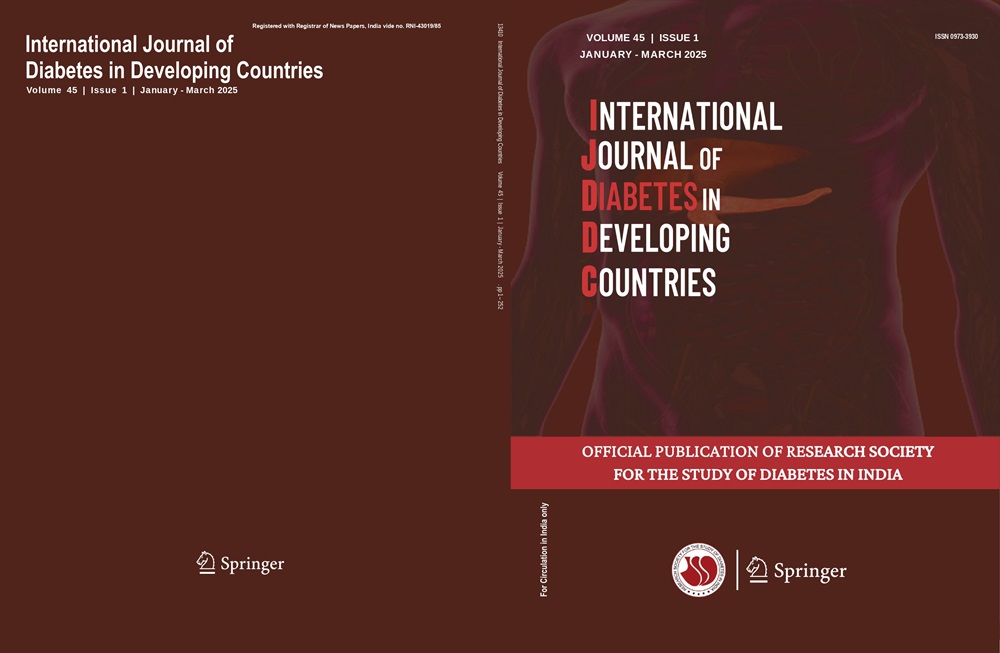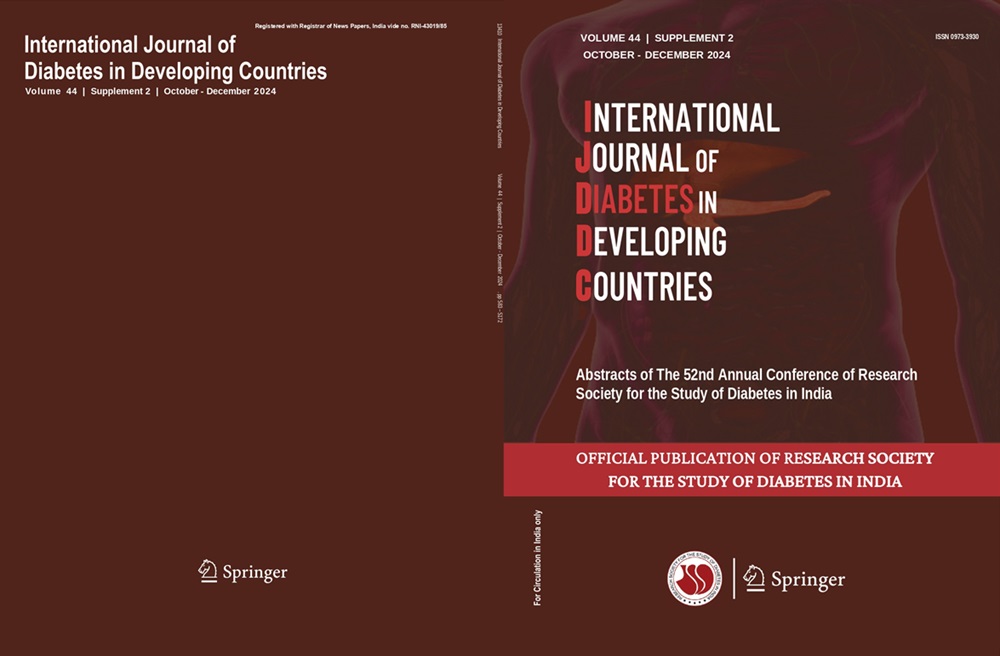NirminF.Juber
Early menarche and premature menopause are of public health concern since they are known to be associated with chronic disease susceptibility, including diabetes [1]. However, epidemiological studies on early menarche and premature menopause profiles among those with diabetes in an Indonesian population are never explored. This study aimed to be a starting point to highlight the importance of an epidemiological study on the previously stated research topic by respectively assessing the early menarche and premature menopause profiles based on diabetes status among postmenopausal women in an Indonesian population.
Methodology
This is a descriptive analysis that employed a retrospective cross-sectional study design using the Indonesian Family Life Survey fifth wave (IFLS5) collected in 2014–2015 [2], which had a total of 768 postmenopausal women aged 50 years or above who completed the questionnaire on reproductive health and had a hemoglobin A1c (HbA1c) measured. Early menarche was defined as menarche before 12 years and premature menopause was defined as menopause before 40 years of age (Table 1). Diabetes categorization was made according to the HbA1c clinical cut-off points of normal (< 5.7%), prediabetes (5.7 to < 6.5%), and
diabetes (≥ 6.5%).
Results
We found that postmenopausal women with diabetes had the highest proportion of early menarche (13.1%) and premature menopause (7.5%) compared to those with normal HbA1c levels (8.6% for early menarche; 6.3% for premature menopause) and prediabetes status (9.4% for early menarche; 3.0% for premature menopause). A previous population-based study in Indonesia revealed that early menarche was an independent risk factor for premature menopause [3]. In
addition, postmenopausal women with diabetes had the lowest mean age of menarche (13.9 years) compared to their non-diabetic counterparts (14.3 years). This finding showed a similar trend of a lower mean age of menarche in females with chronic disease compared to their healthy counterparts, such as females with asthma [4]. On the contrary, a previous study among Chinese females did not find significant associations between ages at menarche and menopause with diabetes [5]. However, this study could not provide the abovementioned evidence due to the descriptive nature of this study.
Discussion
Conflict of interest The authors declare no competing interests.
Conclusion
This study showed early menarche and premature menopause profiles differed by diabetes status. Early screening for blood glucose among girls with early menarche or more targeted blood glucose surveillance among females with premature menopause may contribute to better diabetes prevention strategies. Future analytical studies aimed to confirm these observed descriptive findings are warranted.
Reference
1. Binder AM, etal. Childhood and adolescent phenol and phthalate exposure and the age of menarche in Latina girls. Environ Health. 2018;17(1):1–11. https://doi.org/10.1186/s12940-018-0376-z.
2. Strauss J, Witoelar F, Sikoki B. The fifth wave of the Indonesia family life survey: overview and field report: Rand Santa Monica. 2016;1.
3. Andarini, S. and S.J.A.o.h.B. Sujarwoto, Early menarche and premature natural menopause in Indonesia. Ann Hum Biol. 2018; 45(5): 419–427. https://doi.org/10.1080/03014460.2018.1523461.
4. Juber NF, et al. Associations between pediatric asthma and age at menarche: evidence from the Indonesian Family Life Survey. J Asthma. 2022;1–10. https://doi.org/10.1080/02770903.2022.2030750.
5. Qiu C, et al. Associations between age at menarche and menopause with cardiovascular disease, diabetes, and osteoporosis in Chinese women. J Clin Endocrinol Metab. 2013;98(4):1612–21.
https://doi.org/10.1210/jc.2012-2919.
Publisher's note Springer Nature remains neutral with regard to jurisdictional claims in published maps and institutional affiliations.




